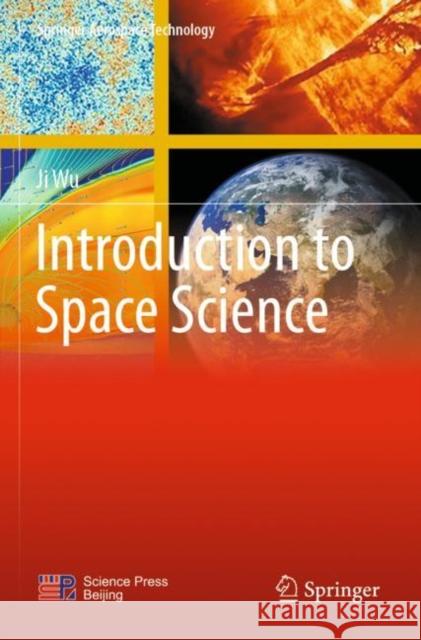Introduction to Space Science » książka
topmenu
Introduction to Space Science
ISBN-13: 9789811657535 / Angielski / Miękka / 2022 / 193 str.
Introduction to Space Science
ISBN-13: 9789811657535 / Angielski / Miękka / 2022 / 193 str.
cena 401,58
(netto: 382,46 VAT: 5%)
Najniższa cena z 30 dni: 327,68
(netto: 382,46 VAT: 5%)
Najniższa cena z 30 dni: 327,68
Termin realizacji zamówienia:
ok. 22 dni roboczych.
ok. 22 dni roboczych.
Darmowa dostawa!
Kategorie BISAC:
Wydawca:
Springer Verlag, Singapore
Seria wydawnicza:
Język:
Angielski
ISBN-13:
9789811657535
Rok wydania:
2022
Ilość stron:
193
Wymiary:
23.5 x 15.5
Oprawa:
Miękka
Dodatkowe informacje:
Wydanie ilustrowane











